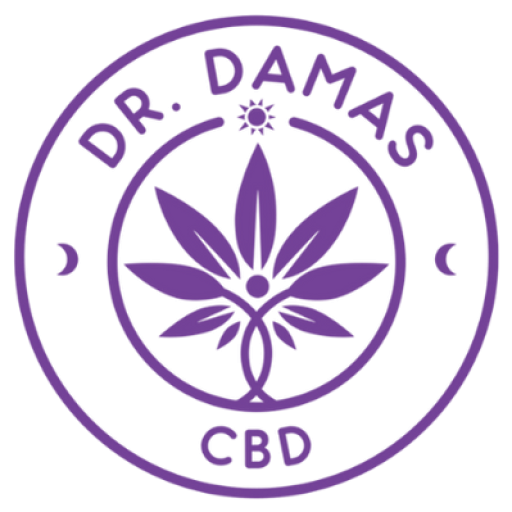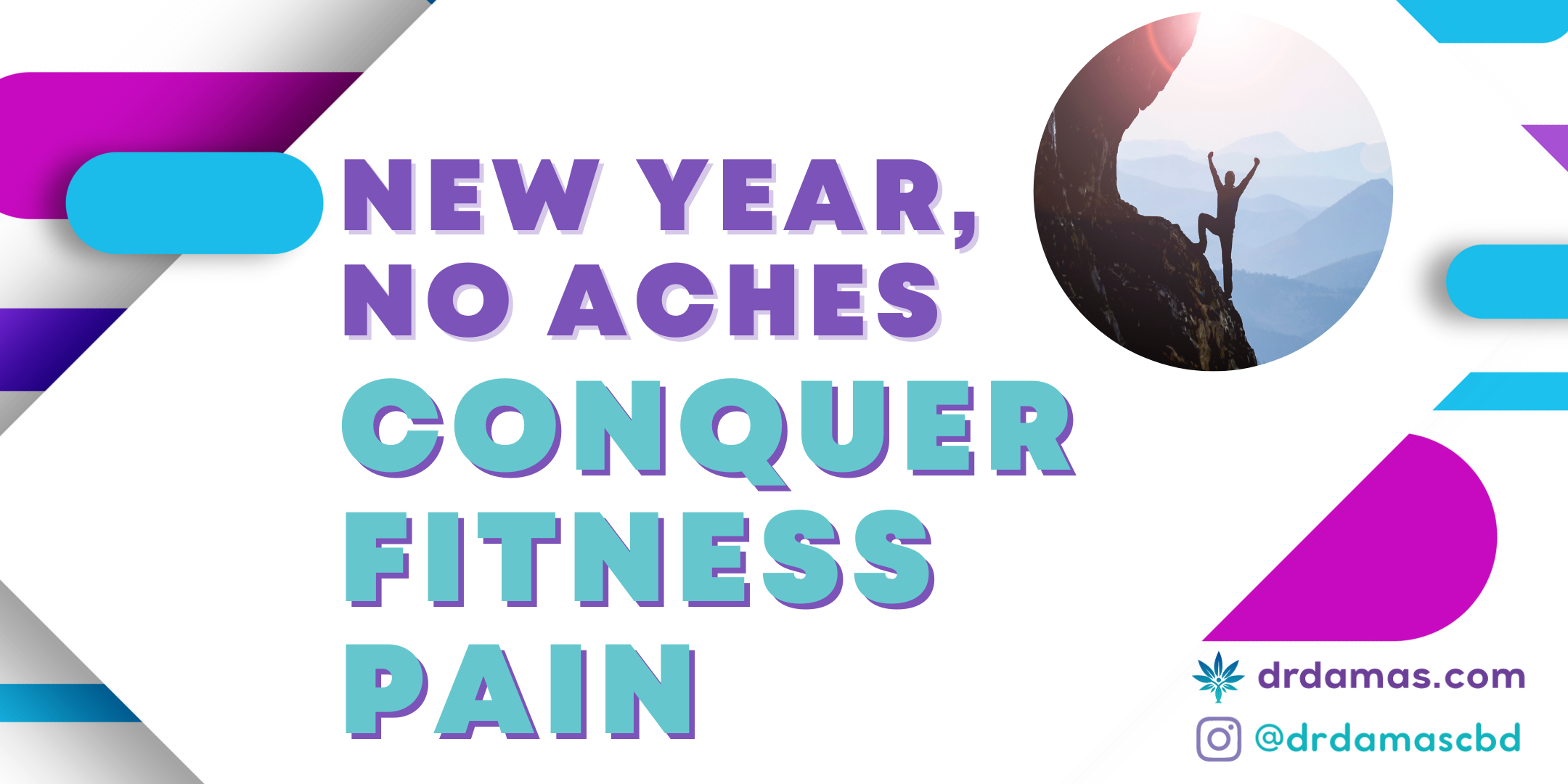New Years + Muscle and Joint Aches
You can tell it's New Year's if you go to the gym because of the new faces there. It’s kinda like going to church on Easter Sunday and seeing all those people that never come the rest of the year. This is the time when the most time and money is spent on health and fitness. Unfortunately, most people who start a fitness program for the new year don't stick to it. There are a number of reasons why but injuries, nagging aches and pains are the top reasons. A common culprit is something called DOMS, which stands for Delayed Onset Muscle Soreness. It’s a type of muscle stiffness that peaks about 24-48 hours after intense exercise, leaving you feeling like you've been run over by a truck. If you've ever suffered from DOMS, then you'll know what it's like to cringe at the thought of sitting on the toilet because everything hurts so much! You’ve probably suffered from DOMS if you worked out, and a few days later people keep asking you “why are you walking like that” 😂
Pearl: Don't be a hero! Start slowly and gradually increase the intensity and duration of your workouts to let your body adapt.
Demographic Data
Research suggests that DOMS affects a significant portion of individuals who exercise, especially those new to it or those ramping up their intensity. A study published in the Journal of Sports Science & Medicine found that up to 90% of people might experience DOMS during their fitness journey. So, if you're feeling achy, you're not alone!
Pearl: Remember, everyone progresses at their own pace. Celebrate your personal achievements. Don't compare yourself to others!
Strains and Sprains, Recognizing the Troublemakers:
Some pains may not be due only to soreness, but may actually be representative of soft tissue injuries like sprains and strains. Both strains and sprains can arise from acute injury or overuse, and their severity varies. If you’re a sports fan, you may be familiar with athletic injuries being described in “grades”, ie “grade 1 tear of the hamstring”. The higher the number the worse the injury.
Strains: These occur when a muscle or tendon is overstretched or torn, leading to pain, tenderness, and weakness.
Sprains: These involve the overstretching or tearing of ligaments, resulting in joint pain, swelling, and bruising.
When to Seek Professional Help:
Persistent Pain: If pain doesn't improve with home care after a few days, it's time to consult a healthcare professional.
Severe Swelling and Bruising: This could indicate a more serious injury requiring medical attention.
Inability to Use the Joint: If you can't bear weight or use the joint normally, seeking professional evaluation is crucial.
Systemic Signs: Changes in urine color, frequency, fever, nausea and/or vomiting may be signs of greater injury like rhabdomyolysis. This is a very serious condition that can lead to organ damage and death.
Pearl: When in doubt, always err on the side of caution and consult a healthcare professional! They can provide proper diagnosis and recommend the best treatment plan for your specific situation.
Traditional and Holistic/Homeopathic Treatments
Traditional Therapies:
Physical Therapy: This is essential for rehabilitation from severe strains and sprains, promoting healing and preventing future injuries.
Compression and Elevation: These techniques help reduce swelling and promote blood flow, aiding in faster recovery.
Medication: NSAIDs like ibuprofen can offer pain relief for acute cases,but come with potential side effects like kidney injury, gastric disturbances and ulcers with long term use.
Opioids offer strong pain relief but side effects include lethargy, constipation, and come with risk of developing dependence.
Holistic/Homeopathic Options:
Essential Oils: Lavender and eucalyptus are popular choices due to their anti-inflammatory and pain-relieving properties. You can apply them topically diluted or diffuse them in an aromatherapy diffuser.
Homeopathy: Arnica Montana is a common homeopathic remedy for bruises and muscle soreness, available in creams, gels, and tablets.
Heat therapy: Applying a warm compress can be helpful for muscle pain and spasms. Apply for 15-20 minutes at a time, several times a day.
Ice therapy: This can be effective for reducing swelling and inflammation, especially in the first 24-48 hours after an injury. Use an ice pack wrapped in a towel for 15-20 minutes at a time, with rest intervals to prevent skin irritation.
Pearls:
Warm up before exercise and cool down afterward. This helps prepare your muscles for activity and prevent injury.
Consider active recovery. Activities like light walking or swimming can help flush out lactic acid and promote healing.
CBD and THC: Weighing the Options
Both CBD and THC have shown promise in pain management, but they offer different benefits and come with different considerations:
CBD:
Pros: Effective for chronic pain, with minimal side effects like drowsiness. Can be administered through various routes, including:
Oral: Capsules, edibles and gummies. (longer lasting effects)
Topical: Roll-ons, Creams, lotions, and gels. (no systemic absorption)
Sublingual: Tinctures and sprays placed under the tongue for faster absorption. (faster action than oral)
Inhalation: Smoking flower or vaping CBD oil (legal in some countries). (fastest acting, shortest duration)
Cons: May interact with certain medications, so consult your doctor before use. Not everyone experiences pain relief with CBD.
Pearl: Be patient! CBD's effects may take some time to fully manifest for chronic conditions like arthritis, so use it consistently before drawing conclusions.
THC:
Pros: Provides potent pain relief for various conditions, including neuropathic pain. Can be administered through:
Inhalation: Smoking or vaping (only legal in certain areas).
Edibles: Can take longer to take effect and have unpredictable effects.
Topical: Less effective for pain than other routes but may provide localized relief.
Cons: Psychoactive effects can be undesirable, especially for daytime use. THC is illegal in many places. There is also potential for dependence and addiction.
Pearl: If considering THC, consult a healthcare professional and prioritize legal avenues like medical marijuana with proper guidance. Dont be out in them streets buying weed!
Beyond Pharmaceuticals:
In addition to conventional and alternative pain management options, exploring complementary approaches can be beneficial. Here are a few additional strategies:
Mind-body practices: Yoga, meditation, and mindfulness can help manage pain by reducing stress and improving the body's pain tolerance.
Acupuncture: This traditional Chinese medicine practice involves inserting thin needles into specific points on the body to stimulate healing and pain relief.
Massage therapy: Can help loosen tight muscles, improve circulation, and reduce pain.
Dietary changes: Eating a healthy diet rich in fruits, vegetables, and whole grains can provide essential nutrients for healing and reduce inflammation.
Pearl: Don't underestimate the power of sleep! Prioritize rest to allow your body to repair and recover effectively.
Wrapping it all Up:
Muscle and joint aches are pretty much an inevitability if you’re going to start a new exercise program, keeping it to a minimum is key. If you’re gonna really make those long term and permanent changes that you’re promising yourself (and maybe maybe your partner too), you should approach this as something you’ll be doing for a long time. Don't rush it, take your time and emphasize quality over quantity. Pain from exercising shouldn't linger- if it does, you should seek care from a professional. If you do it right, maybe you’ll be a regular member of the congregation and not just one of the Easter Sunday crew at the gym with the brand new fancy outfits 🙂
Pearl: Stay hydrated! Dehydration can contribute to muscle cramps and soreness. And, nothing is better for your body than good ol H2O!
Important Note: This information is for educational purposes only and should not be considered medical advice. Always consult with a healthcare professional before starting any new treatment, especially if you have any underlying health conditions. If you purchase CBD products be sure to buy from safe trusted sources.















